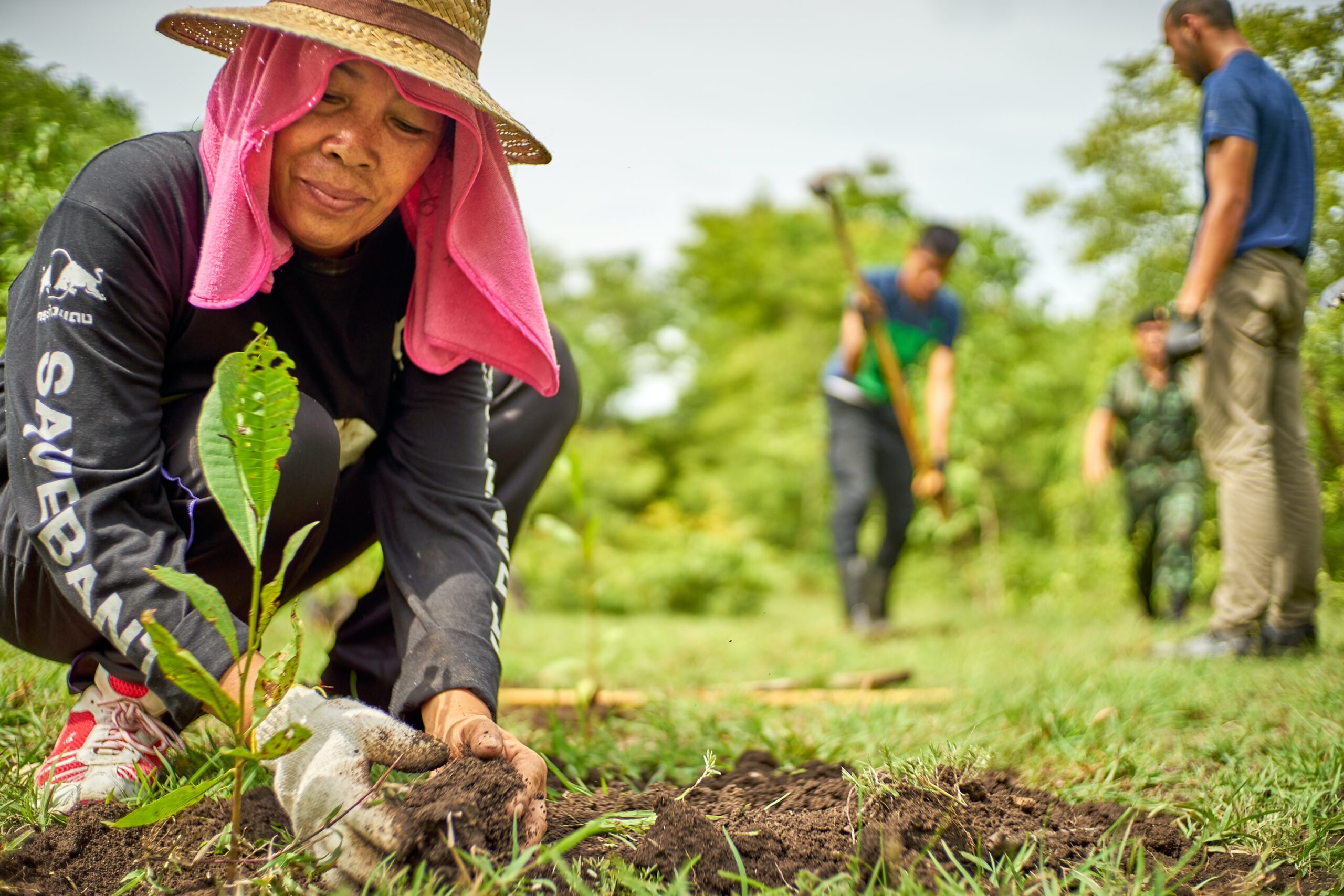Abandoned agricultural lands in Central and Northern Europe undergo a quite rapid secondary succession of woody species, especially silver birch (Betula pendula Roth.) as a pioneer tree species. Such a process is desirable both from natural and economic point of views, as afforestation involves a change to the entire ecosystem and, in particular, the transformation of anthropogenic habitats typical for agriculture into habitats similar to a natural forest. In the present study, we report the chemical properties of soils under birch stands that naturally regenerated on abandoned agricultural lands and answer the question of whether silver birch modifies the chemical properties of soils over a (relatively short—17 years) time and with depth in the soil profile. The research investigated the natural secondary succession of silver birch on 28 study plots established as a chronosequence in seven locations in Central Poland. The age of the stands ranged from 2 to 17 years. We analysed the contents of selected micro- and macroelements and heavy metals at three depths in the soil profile. The chemical properties of former agricultural soils covered with newly established silver birch stands, taking into account the depth in the soil profile, demonstrated tendencies to change over the time. In the first age class of birch stands, the stock of investigated nutrients in the soil was higher compared to the following age classes. Statistically significant differences were noted in the case of Cu and Cr. Along with the age of birch stands (age class IV), there was a tendency for stock of the analysed nutrients to grow, which can be associated with an increase in aboveground biomass and root system development. The changes in the contents of the macro- and microelements, as well as heavy metals, were characterised by a gradual increase of the elements analysed in the upper layer of the soil that, in the years following the birch influence on the soil, starts having an effect on the deeper layers. In the case of Cu, Pb, Cd, Ni and Cr, there was a statistically significant change in the depth of the soil. Longer chronosequences should be observed to see a clear trajectory in soil chemistry changes with birch stand ages.





































































































































































































































































































































































































































































































































































































































































































































































































































































































































































































































